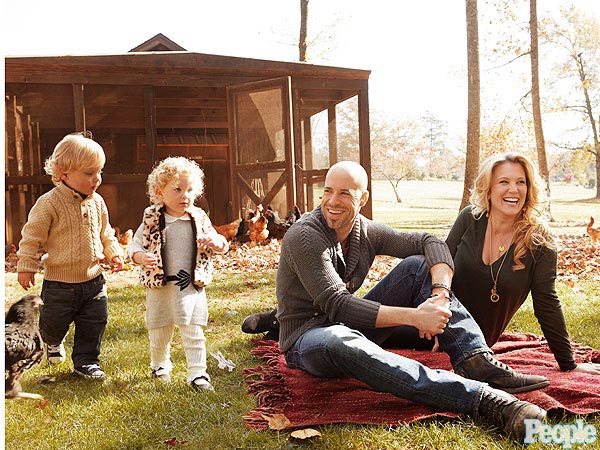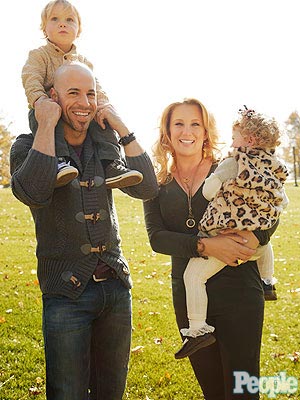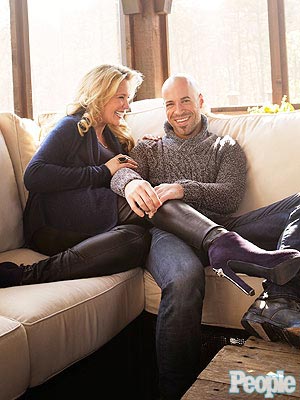But this was not an old-money event. The donors were largely Korean immigrants and their children.
Members of a new class of affluent Asian-Americans, many of whom have benefited from booms in finance and technology, are making their mark on philanthropy in the United States. They are donating large sums to groups focused on their own diasporas or their homelands, like the organization that held the fund-raiser, the Korean American Community Foundation.
And they are giving to prestigious universities, museums, concert halls and hospitals — like Yale University and the Metropolitan Museum of Art. The institutions, in turn, are increasingly courting Asian-Americans, who are taking high-profile slots on their governing boards.
SungEun Han-Andersen, a Korean immigrant who runs two family foundations and is on the boards of the New York Philharmonic and Boston University, said the philanthropic impulse was for the first time becoming deeply rooted within her circle of Korean acquaintances.
“I don’t have to ask for funds twice, because they’re beginning to understand,” Ms. Han-Andersen, a former management consultant and concert pianist, said.
Pradeep Kashyap, an Indian immigrant and former senior executive at Citibank, described this shift as “the journey of becoming American.”
“They see their mainstream American peers giving and they say, ‘I’m going to do that,’ ” said Mr. Kashyap, vice-chairman of the American India Foundation, one of the largest and most successful of the new Asian philanthropies.
The growth in philanthropy by Asian-Americans parallels a surge in the Asian population in the United States. From 2000 to 2010, according to the Census Bureau, the number of people who identified themselves as partly or wholly Asian grew by nearly 46 percent, more than four times the growth rate of the overall population, making Asian-Americans the fastest growing racial group in the nation.
Lulu C. Wang, a money manager and philanthropist in New York, and her husband, Anthony Wang, established themselves in the vanguard of this new wave of Asian-American philanthropy when they donated $25 million to Wellesley College, her alma mater, in 2000.
“With this new display of philanthropy, there are many more who are looked at with great interest by these boards,” said Ms. Wang, who was born in New Delhi and is of Chinese descent, and now sits on the boards of the Metropolitan Museum, Columbia Business School and other institutions.
Another Met trustee who is Chinese-American, Oscar L. Tang, said, “There’s a group of us who all know each other and support each other in this tendency.”
Among Mr. Tang’s contributions have been major gifts to Phillips Academy Andover, including a donation of $25 million in 2008, and Skidmore College, as well as the Met.
Asian cultures have a strong tradition of philanthropy in the broadest sense, though it has usually involved donations to relatives, neighbors, churches and business associations. Many Asian immigrants have not immediately embraced the Western-style practice of giving to large philanthropic institutions, organizers said.
“The reaction is: ‘Why should we give money to a third party?’ ” said Cao K. O, executive director of the Asian American Federation, a nonprofit group in New York City established in 1989 that manages a community fund.
The American India Foundation emerged in response to an earthquake in the Indian state of Gujarat in 2001. Mr. Kashyap said the organization had sought to dispel some deeply ingrained cultural suspicion among Indians about “the credibility of institutions,” a holdover from India, where, he said, institutional transparency and accountability have historically been weak.
The foundation raised more than $7 million this fiscal year for nonprofit groups in India, much of it through six major galas, each in a different American city.
The Korean American Community Foundation grew out of a gathering of a group of influential Korean-Americans in New York in 2002. Unlike the American India Foundation, it decided to channel money back into the diaspora and help compatriots in New York.
The myth that Asians are a “model minority” had created a blind spot that obscured social problems among Korean immigrants, including poverty, homelessness, mental illness and the unmet needs of the elderly, said the foundation’s executive director, Kyung B. Yoon.
“In some ways for immigrants, the better off you become, the more disconnected you become from your community needs,” said Ms. Yoon, a former news correspondent for Fox who was born in South Korea and moved to the United States when she was 6.
“We grew up with this idea that success is the more distance you can create between yourself and the pack,” Ms. Yoon said. “But it’s really about how much of the pack you can bring along.”
At first, the group found little traction among Korean immigrants. So it focused on the so-called 1.5 generation — those, like Ms. Yoon, who had moved to the United States as children — and among those born in the United States to immigrants.
Since its founding, it has raised more than $7 million, disbursing about 50 grants to organizations.
Dien S. Yuen, a philanthropy consultant focusing on Asian-American giving, predicted that the surge in philanthropic activity among Asians was “only a beginning.”
“A lot of donors, when they first come through the door, don’t even know they can do all these things,” said Ms. Yuen, a Chinese immigrant born in Vietnam who came to the United States when she was a child. “They don’t even know they can get a tax deduction for giving a gift overseas.”
She pointed out that while foundations run by individual families had proliferated throughout the Chinese-American population in the United States — in the San Francisco Bay Area alone, she said, there are more than 385 — until recently there was no community foundation devoted to raising money for the Chinese diaspora in the United States.
In 2012, a group of Chinese-American philanthropists, with Ms. Yuen’s assistance, formed the Chinese American Community Foundation, the first of its kind in the country. “I think in the next three or four years, there’s going to be huge growth,” she said, “because philanthropy has become mainstream.”















